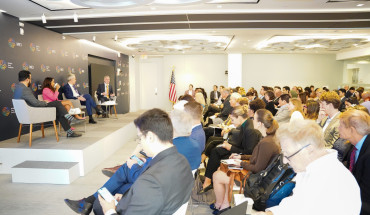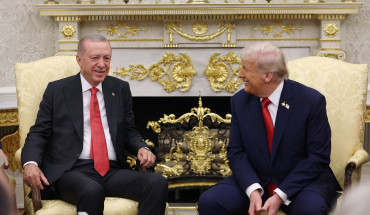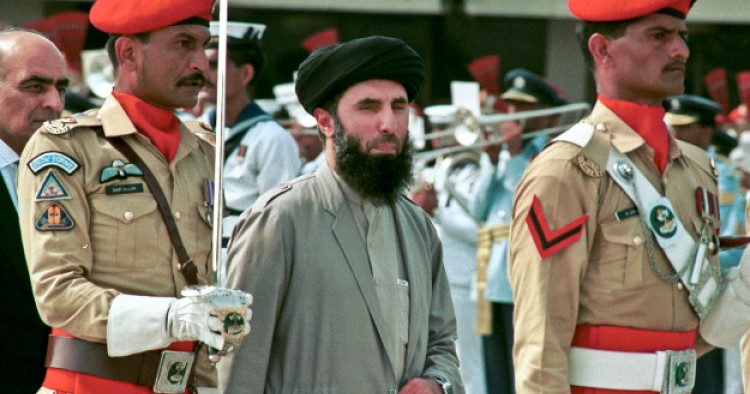Read the full article on The National Interest.
The Kabul government seems headed toward an agreement with the militant wing of Hezb-i-Islami (HIG), a group that for the last fifteen years has been at war with the Afghan state. A draft accord reached with HIG chief Gulbuddin Hekmatyar has been touted by the Afghan government as the first step in a political process that could eventually draw in core elements of the Taliban. The tentative peace pact, which comes after two months of negotiations, follows persistent attempts by the government and American, Pakistani and Chinese representatives to restart last year’s collapsed talks held with a Mullah Mansour–led Taliban leadership. Now Kabul and Washington are expressing hope that the recent dramatic change at the Taliban’s helm, coupled with a HIG agreement, will create the momentum needed to revive a broader peace dialogue. But an examination of the terms and the motives behind this pending deal with HIG suggests reason for concern not optimism.
Under the initialed agreement with the Afghan High Peace Council, HIG has agreed to cut ties to other insurgent antigovernment groups, adhere to the Afghan constitution and contribute toward efforts that would help stabilize the country. HIG leaders expect in return that all prisoners from the group will soon be released, and that HIG-connected family members who are presently refugees in Pakistan and Iran will be repatriated. Returning fighters will receive amnesty and many may eventually be incorporated into the Afghan security forces. Key leaders are also being promised housing and offices to facilitate their reentry to Kabul and the Afghan political system. They have received assurances that their organization will be soon removed from the international sanctions blacklist.
The Middle East Institute (MEI) is an independent, non-partisan, non-for-profit, educational organization. It does not engage in advocacy and its scholars’ opinions are their own. MEI welcomes financial donations, but retains sole editorial control over its work and its publications reflect only the authors’ views. For a listing of MEI donors, please click here.













